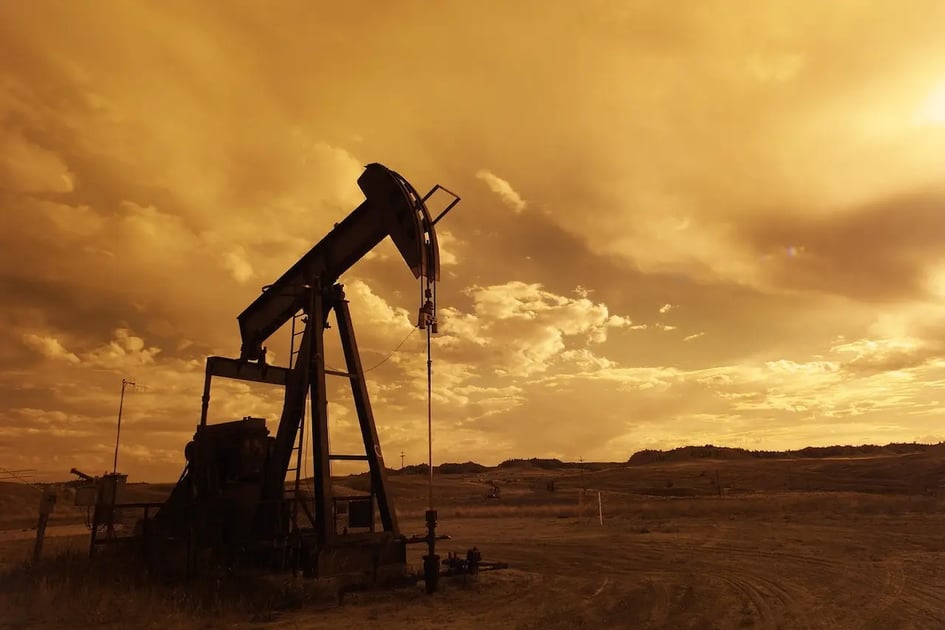Impact of OPEC Production Cuts
April 12, 2023 •Daphne Mason

Oil output from OPEC+ members (OPEC countries plus Russia) would be lowered by 1.15 million barrels per day (bpd) beginning in May 2023 and continuing through the end of the year, as announced on 2 April.
Oil prices increased following the announcement, peaking at $85 per barrel before retreating to the low $80s. The current consensus among analysts places the price of petroleum at roughly USD 93/bbl by the end of 2023.
It may be difficult for the cartel to actually enact these reductions in practice. Although OPEC+ promised a two million bpd reduction in output in October 2022, they have only managed to implement about one million bpd.
Brent crude hit a low of USD$73 per barrel (/bbl) in March 2023, its lowest level since December 2021, on fears that banking sector contagion would dampen global economy and demand for energy.
Last month, the US government revealed a plan to release crude from its strategic reserves in the second quarter of 2023, and the French government dipped into its stocks to counteract the impact of labor strikes, both of which contributed to the already excessive supply of oil.
Since about mid-2022 (see chart 1), global crude output has hovered around 100 million barrels per day (bpd).
There was no reason for a drop in OPEC+ crude oil supply to catch the markets off guard, even if its timing did. Oil markets are already oversupplied, and global demand has been showing indications of declining before this cut.
Lack of investment is limiting the output of several members of the group, particularly Iraq, which is already producing less than its share. Russia, a 'plus' member of OPEC, cut production by 300,000 bpd in March, despite having set a goal of 500,000 bpd.
The latest cut by OPEC+ is expected to result in a net drop in output of roughly 700,000 bpd, meaning that since May, OPEC+ has reduced the amount of oil it pumps into the market by around one million bpd.
What happens in Silicon Valley does not stay in Silicon Valley, as the recent financial turbulence has shown. The price of oil is always affected by a crisis. The recent tumult in the financial sector has prompted concerns in the market that a worldwide economic slowdown may be exacerbated, leading to lower oil consumption.
The most striking recent example of a change in demand is the Covid epidemic and its consequences, which drove the price of a barrel of crude to a high of USD 122 in June 2022.
The Organization of Petroleum Exporting Countries (OPEC) also noted that despite news of fewer deliveries, prices did not move significantly (see chart 2) due to the accumulation of speculative, short-selling positions on oil.
The OPEC+ group has a history of having short bets. Energy Minister of Saudi Arabia, Prince Abdulaziz bin Salman Al Saud, threatened in September 2020 that short sellers in the oil market will be "ouching like hell." Brent crude was selling for about $43/bbl at the time.
To keep prices stable, OPEC+ aims to maintain a narrow range. Since the 'floor' price is set quite high, at roughly USD 80 per barrel, it is likely that the cartel is aiming for an oil price between USD 80 and USD 90 per barrel, which is within Saudi Arabia's fiscal comfort zone while still preventing demand destruction.
A long-term average crude price of roughly USD 75/bbl (see chart 3) is assumed in the country's budget and aims to lessen the economy's reliance on oil. Although they are currently around USD $25-30/bbl down than their all-time highs, refining margins are still rather healthy.
Ratings agency Fitch raised Saudi Arabia's debt rating to 'A+' (from 'A') on 5 April 2023, with a stable outlook. This was three days after the OPEC+ announcement. In 2022, Saudi Arabia recorded its first budget surplus since 2013 as a result of rising oil prices.
However, if crude supplies from non-OPEC countries were to increase, the cartel's decision to reduce production may be seen as a recurrence of policy mistakes made in the 1980s.
The Organization of Petroleum Exporting Countries (OPEC) had to give up its efforts to cut production after a string of oil "shocks" stimulated supply from rivals, especially the United States. OPEC+ members produce somewhat less than 40% of global oil but control as much as 80% of global reserves.
While many other oil companies have underinvested in production infrastructure, it seems likely that US shale production has already peaked in light of the impending arrival of 'peak oil production' in the next few years (estimates vary).
As economies make efforts to reduce their reliance on fossil fuels, the difficulties faced by OPEC+ have taken on a new form.
Oil demand has long been seen as a leading sign of future economic expansion around the world. The market's initial reaction to OPEC+'s statement was apprehension about what it could mean for efforts to rein in inflation.
**********
Like what you read? Share this article with your network by clicking on the Share buttons below.
You may also be interested in these articles:
- The Downfall of Credit Suisse
- Rise of Hong Kong Property
- How Billionaires Can Be Climate Superheros
- The Death of Meta(verse)
Disclaimer: The views and opinions expressed in this article are those of the author and do not necessarily reflect the official policy or position of Maiden Capital. The information provided is meant as a general guide only and should not be construed as investment advice. You should always consult your financial, legal and tax advisers regarding private equity and real estate investments
